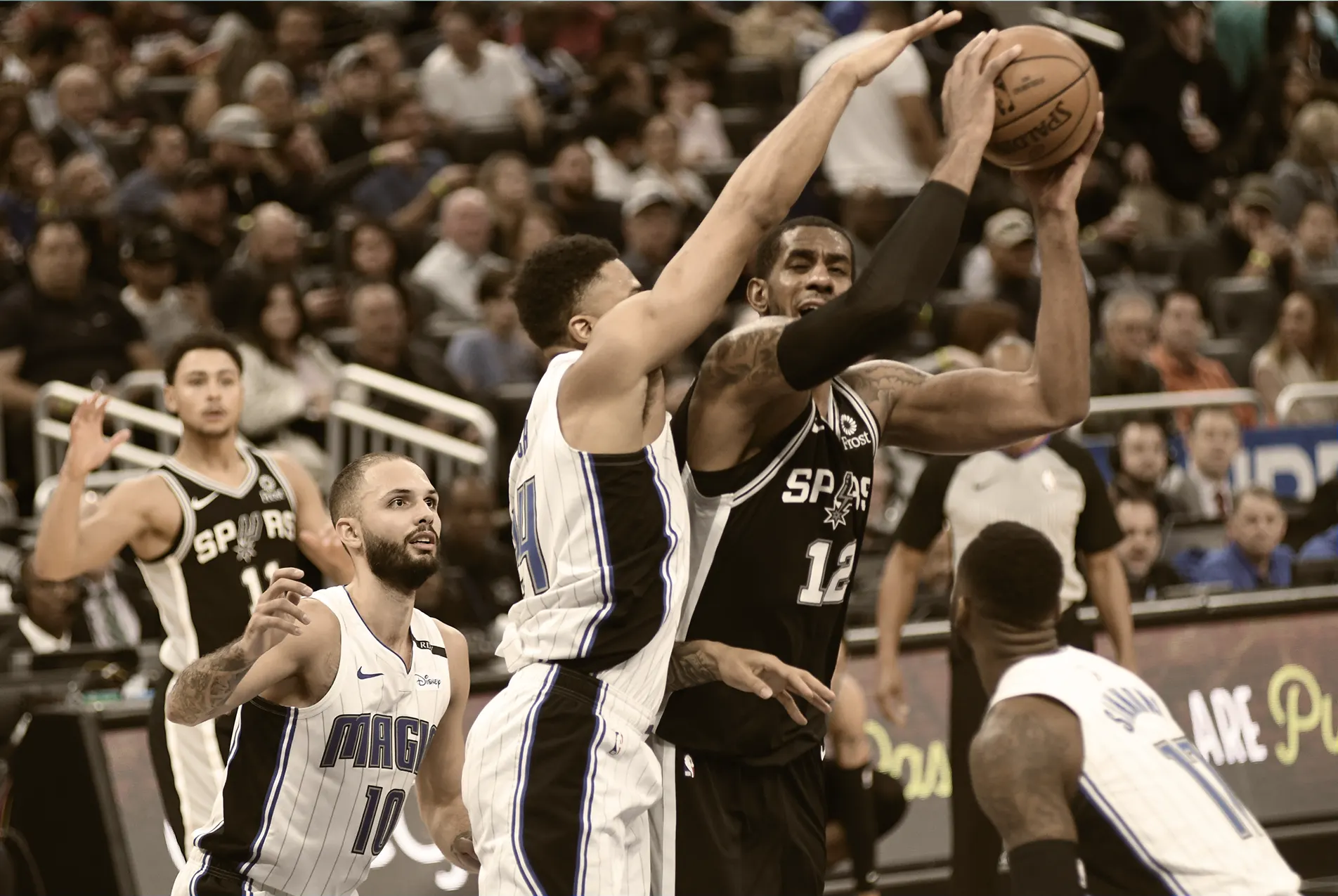After nearly three decades of leadership with the San Antonio Spurs, legendary NBA coach Gregg Popovich has officially relinquished the title of head coach. Leaving behind one of the most storied coaching careers in NBA history – five championships, over 1,400 wins, and a legacy of leadership and innovation – Coach Popovich will now transition into his new role as the team’s President of Basketball Operations[1].
A Legacy of Service and Leadership
Over the years, I had the opportunity to observe Coach Popovich from across the room as he supported WISH for OUR HEROES (W4OH), a volunteer organization in San Antonio dedicated to assisting the men and women of the United States active-duty military and in some cases, Veterans[2]. His connection to the military, service, and leadership can be traced to his graduation from the United States Air Force Academy and is well documented in numerous books and articles (like the article above). His care and concern for others was easy to see in every interaction (even from across the room!).
Tough Exterior, Deep Care
There is little doubt that he had a profound influence on the players that were under his command and this impact can be seen through those same players who frequently and openly discuss his genuine care for them as humans. There is also little doubt that this care emanated from a leader whose ‘disposition has been compared to that of a dyspeptic bulldog’ and who ‘possesses a temper that could be described as volcanic’.[3]
How does a cranky, demanding coach create the most cohesive team in all of sports? Trust!
The Role of Trust in Team Cohesion
In his book Culture Code: The secrets of highly successful groups, author Daniel Coyle openly asks: ‘How does a cranky, demanding coach create the most cohesive team in all of sports’? The answer is TRUST. We have discussed trust many times over the course of this blog ( Read: Why Trust Matters) and we see once again that trust is a foundational, essential principle for leaders. Coach Popovich was able to galvanize a team and ignite that team to accomplish historical achievements in the world of professional basketball by both earning and offering trust. Through this trust, his team did hard things, and they did them together.
Leading with Connection and High Standards
Great leaders inspire organizations to achieve difficult and challenging objectives by creating a culture of connection through trust— a connection both with each other and with the work that fosters an energized and engaged environment oriented towards solving hard problems together.
High-Candor Feedback Matters
Integral to this type of environment, and to the building of trust, is the ability to share dissent with high-candor feedback and appropriate intent, particularly when the team is not performing at the level that is needed to achieve their stated goals.
We have previously discussed how to evaluate whether our shared dissent is done well and ‘without being a jerk’ ( Read: The Answer to the Question). Feedback should involve a combination of both high expectations and genuine personal connection.
Recommendations for Thoughtful Feedback
Here are a few recommendations for curating thoughtful and effective feedback:
- Convey your belief in an individual’s ability and potential in a manner that is authentic and reinforces trust. This can be achieved by sharing past examples of the recipient’s exemplary actions, ensuring that care and mutual respect are clearly recognized.
- Communication and alignment on the gap between desired performance and current individual and organization outcomes are essential. The focus must remain on the continuous pursuit of high standards for both the individual and the organization—ensuring that trust is upheld by separating performance expectations from judgments about character or commitment.
- Maintain a ‘big picture’ perspective throughout the feedback to ensure that the individual (and the team) feels connected and engaged to ‘something bigger’. Clearly communicate the impact of the current gap in performance on the team and how the desired performance will aid the organization in achieving its outcomes.
Building a Culture of “Hard Things Together”
Sharing high candor feedback with appropriate intent (not being a jerk) and with intentional, effective content (connected, performance oriented, big picture perspective) empowers even the most ‘cantankerous’ of leaders to create a culture of ‘hard things together’. A culture that achieves results at historical levels! A place we all want to be!
If you’re interested in exploring how we can assist your organization, we invite you to reach out for a complimentary consultation. Let’s discuss how we can help you achieve your desired outcomes and move forward with confidence.
[1] Arbinger Institute. (n.d.). The real legacy of Gregg Popovich: A culture built on mindset. Retrieved May 15, 2025, from https://arbinger.com/blog/the-real-legacy-of-gregg-popovich-a-culture-built-on-mindset/
[2] Wish for Our Heroes. (n.d.). About. Retrieved May 15, 2025, from https://www.wishforourheroes.org/about/
[3] Coyle, D. (2018). The culture code: The secrets of highly successful groups (p. 49). Bantam Books.





